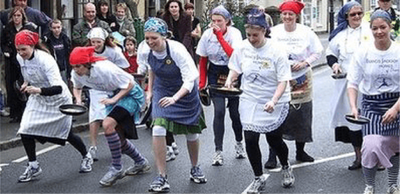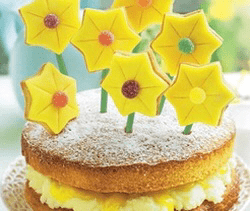 Full list of Ingredients
How to make the cake
For the daffodils and icing you will need
How to make the daffodils
Serves 12 Ready in 1 Hour(s) 10 Minutes Each serving of this recipe contains 633 calories The sugar is rated HIGH The fat is rated HIGH The saturated fat is rated HIGH Salt is rated at MED Source: Asda recipes
0 Comments
History of the Victoria Sponge Cake
The clue is in the name of this cake. The Victoria in question is Queen Victoria who reigned as Queen of Great Britain, and the British Empire, for the best part of the nineteenth century. In fact she reigned from 1837 until 1901. Isn't it funny how the longest reigning British monarchs tend to be females? Queen Victoria's reign was a golden age for some and there were many innovations. The Victoria sponge cake was invented as a sweet treat to accompany tea-time which was a new concept at this time. Anna, the Duchess of Bedford was one of Queen Victoria's ladies in waiting. She had this role for around ten years. During this time she found that, in the late afternoon, she would have a "sinking feeling" In other words she would feel very hungry. This was said to be due to the timing of lunch and dinner. The Duchess invented tea-time initially as just a time of the day when her servants would sneak her a few edible treats, to last her until the evening meal. Around 4pm they would provide the Duchess with a pot of tea and some bread snacks. In due course the Duchess expanded her tea parties so that they included guests, small cakes and petite sandwiches. By 1885 Queen Victoria was holding such parties herself and her guests were expected to wear formal dress. The Queen's sweet tooth soon guaranteed that the small cakes that were served became her favourite. Fittingly these small cakes were called Victoria sponge cakes, and still are to this day. The details below will make a cake that has ten to twelve average servings. Before you begin take out:
Pre-heat the oven to either 180C/350F/Gas Mark 4. Whilst the oven is warming line two 18cm or 7inch cake tins with baking parchment or greaseproof paper. You can use a hand mixer to cream the butter and sugar together if preferred. However, the traditional method is to use a large fork and plenty of elbow grease. Once the butter and sugar are creamed, add the eggs. These need to be beaten in. However, add a little at a time to make sure that the mixture does not curdle. If there are any signs that it is doing so, add a little of the flour. Add the rest of the flour by sifting it into the mixture. Fold the flour in using a large metal spoon. Traditionally folding flour into such a mixture needs a stirring motion with a large metal spoon or spatula. The stirring motion should be in the shape of a figure 8. To see if the mixture is ready, lift a little onto the spoon and see how it drops into the bowl. When it is ready it has a dropping consistency. If the mixture is too stiff add a little milk. Take care not to add too much though. Add a teaspoonful at a time. This mixture then needs dividing as equally as possible between the two baking tins. Gently spread the surface of each with a flat bladed knife or a spatula. If preferred you can make one large, deep cake and slice it in half horizontally. Bake in the pre-heated oven for between 20 to 25 minutes. Avoid opening the oven door unnecessarily or the cakes may fall flat, instead of rising. Check that the cakes are cooked fully by inserting a skewer or long needle. If the skewer has some cake mixture stuck to it, the cake is not quite ready. Allow the cakes to cool slightly for around 5 minutes and then turn them out onto a wire cooling tray. Whilst the cakes are cooling tackle the filling. The cake filling: For a classic Victoria you will need strawberry jam and cream. More often than not a butter cream is used rather than a rich cream. However, the choice is yours. Once you have perfected making the basic cake, experiment with flavours and fillings. Ingredients for a simple butter cream:
Adjust the above amounts according to taste. How to make a simple butter cream: Beat the butter until it has a soft and creamy consistency. Add the icing sugar a little at a time. As you add a little icing sugar beat the mixture well. It is a good idea to add the icing sugar in three separate lots. The beating will prevent the butter cream from becoming lumpy. Add a few drops of vanilla essence if desired, to enhance the flavour, and mix thoroughly by stirring. Sandwiching the cakes together. The usual method is to spread the jam on the underside of one cake and the cream on the underside of the other. The side of the cake that has the best appearance is the top or the bottom surface of the cake. When you have spread the jam and the cream onto the cakes, lightly press the two cakes together. Do not use too much pressure or the cake may look uneven and the filling will seep out of the sides. Final touches Place a pretty paper doily onto an attractive plate. Centre the finished cake on this plate. Use a sieve or sugar shaker to sprinkle a dusting of icing sugar or caster sugar over the cake. More; http://www.maryberry.co.uk/recipes/great-british-bake-off-recipes/victoria-sandwich https://www.theguardian.com/lifeandstyle/wordofmouth/2013/may/16/how-bake-perfect-victoria-sponge-cake |
Archives
September 2019
Categories
All
|

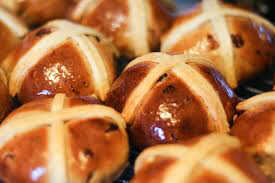
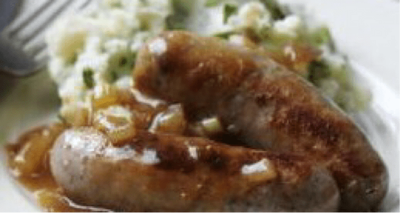
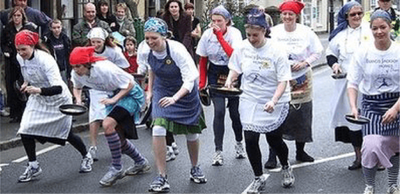
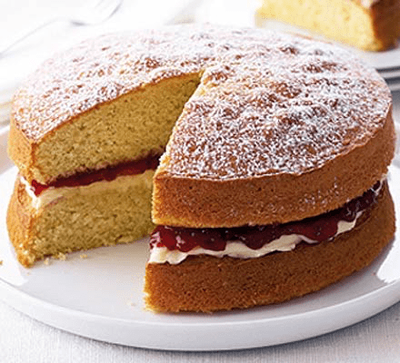
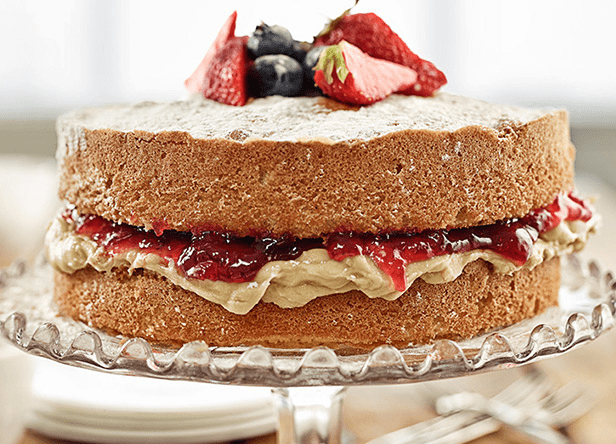
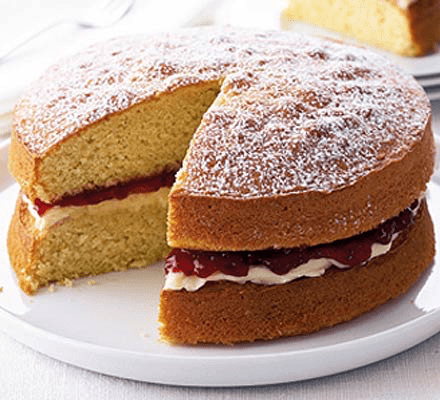
 RSS Feed
RSS Feed

